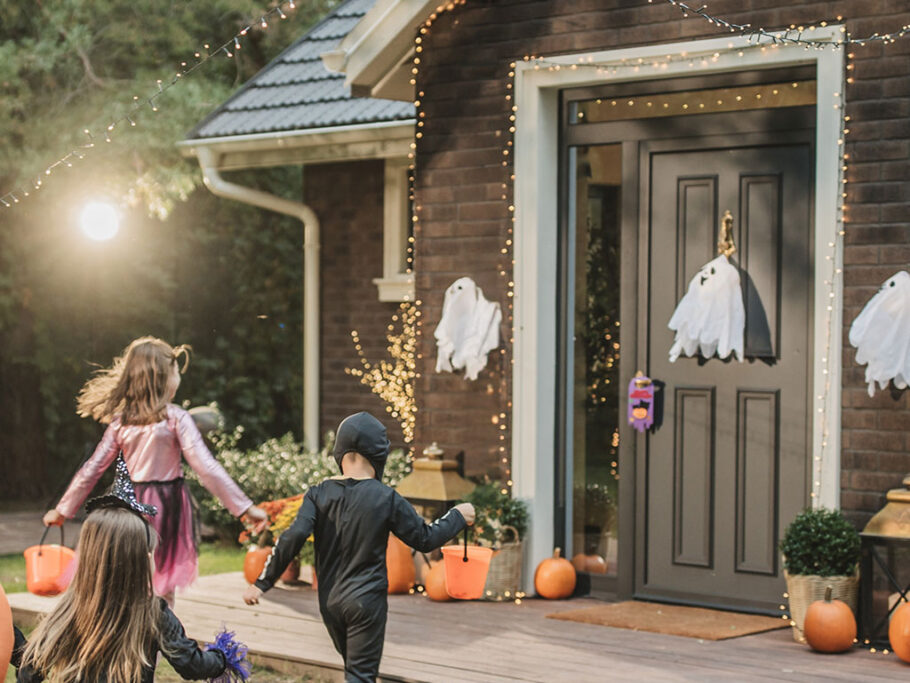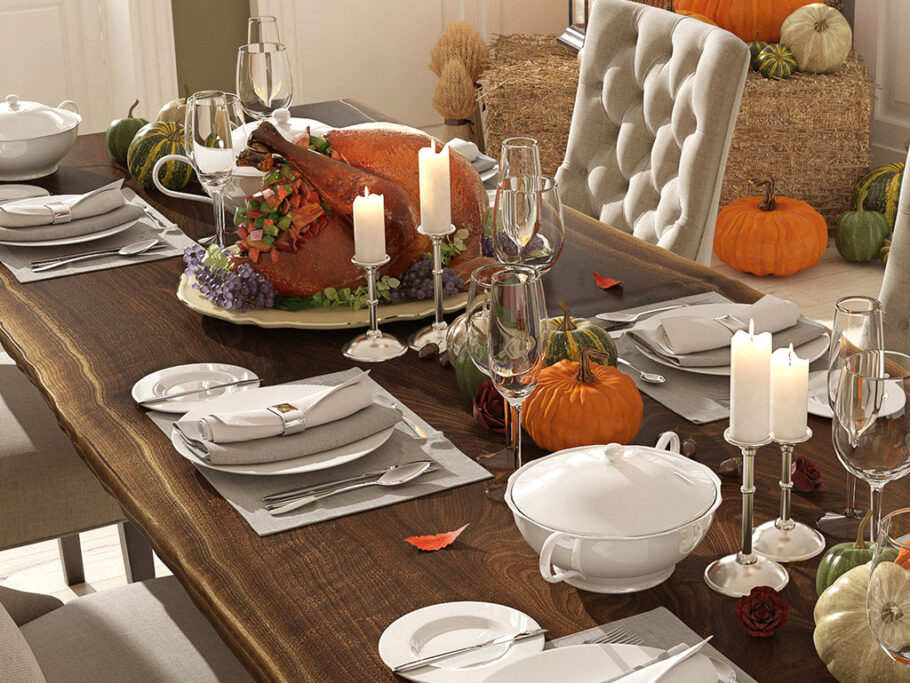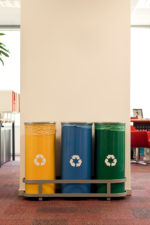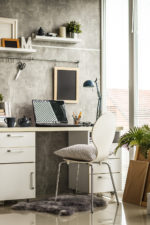Organizing the Catch-All Areas of Your Home
Do you have a drawer in your kitchen that’s full of old electronics, broken pens, and forgotten paperwork? Or maybe a corner of your basement that’s overrun with discarded furniture and boxes of old antiques? There are plenty of spaces in the home that can easily become “catchall” areas. It can be hard to keep these places organized, but, if you do, they can actually be some of the most valuable rooms in terms of free space.
This guide looks at the office and pantry, attic and basement, and garage and shed, providing invaluable tips that can help you get these areas clean in no time—and keep them clean.

The Attic
- If you haven’t done a thorough cleaning and sweeping of your attic in a while, remove as many items from the floor as you can and do this first. There’s no point in organizing items around piles of dust.
- Keeping out-of-season clothing in the attic is a great way to save space in your closet. Invest in clothing racks and airtight garment bags so you don’t have to worry about your clothes collecting dust.
- Divide your attic into sections so items will be easier to find. Keep lesser used items toward the back corners and items you need more often toward the entrance.
- Be sure to keep anything that could be damaged or weathered by sunlight or water (i.e., photo albums) in protective storage bins away from windows.

The Garage
- Separate items into categories, and give each category its own space. For instance, reserve a shelf for gardening equipment, one for car equipment, and one for recreational equipment. Similarly, you can reserve bins for each of these categories as well.
- Hanging wall storage can create more space on the floor of your garage, leaving room to actually park your car—just be sure the shelving you install can adequately hold the weight of the items you plan to store on it.
- Installing a pegboard is another great way to keep items like smaller tools off the floor and in sight, where they are more easily accessible.
- If you fear pulling your car a little too close to the wall, hang a tennis ball at the exact point you need to stop your car. When your car lightly taps the ball, you’ll know to put it in park.
BONUS: The Shed
- Because sheds can be exposed to the elements a little more easily than other spaces, keep anything valuable off the ground, or place it in protective bins.
- Store absorbent fabric items like patio furniture cushions in sealable plastic bags to prevent moisture from ruining them.
- Install track shelving on the wall of the shed to hang long items like rakes, shovels, and brooms, which will keep them easily accessible.
- If you’re storing toys or pool equipment, prevent kids from having to dig around tools by keeping cubby storage toward the front of the shed, with these items easily in reach.

The Basement
- Using sturdy wall shelving to hold boxes and tools can save floor space—opt for metal or plastic shelves, as wood can be damaged over time by moisture. You can also install shelves under the staircase for added space.
- If you’re keeping unused furniture in the basement, place blocks underneath these pieces so they aren’t floor-level (in case water comes through the floor), and cover with a protective drop cloth.
- Label all pipes and wires to power, gas, and water sources in case you need to shut them off in an emergency.
- Group items into clear bins by season or holiday, and label the contents of each so you don’t have to dig through each one to find what you’re looking for. Keeping heavier items toward the bottom of the bins will make them easier to lift.

The Office
- If your space is limited, keep furniture to a minimum. Instead of a large, clunky desk with a ton of drawers, consider purchasing a smaller corner desk or a standing desk that won’t take up as much room. You could also consider folding chairs that can slide under the desk or be kept along the wall.
- Think vertical, not horizontal. Taller pieces of furniture, including filing cabinets or bookshelves, will always save space as opposed to wider items.
- Use in-drawer dividers to separate paperwork by date and category. You can also color coordinate documents by folder so they are easier to find should you need them. Place all important documents, such as birth certificates and Social Security cards, in a fireproof box.
- Big on electronics? Keep pesky cords organized by bundling and labeling them with different-colored ties; that way you’ll never have to guess what charger or plug belongs to what.
The Pantry
- Store dry items like pastas, beans, and cereals in tall, clear containers—just be sure to label the containers with what’s inside. This can help you locate what you’re looking for quickly, and it can help keep items fresher for longer.
- Keep the items you use most frequently at eye level, if possible. If you have taller or shorter shelves in your pantry, you’ll find yourself searching high and low every time you need a little salt.
- Try not to purchase items in excess before you’ve used what you already have. However, if you do find yourself with multiples of the same item, bring items that expire first to the front of the shelf.
- Keep cans and jars in baskets organized by category (e.g., fruits, vegetables, beans). That way, if you need a can of peaches, you aren’t pulling out dozens of cans of green beans that are in its way.































